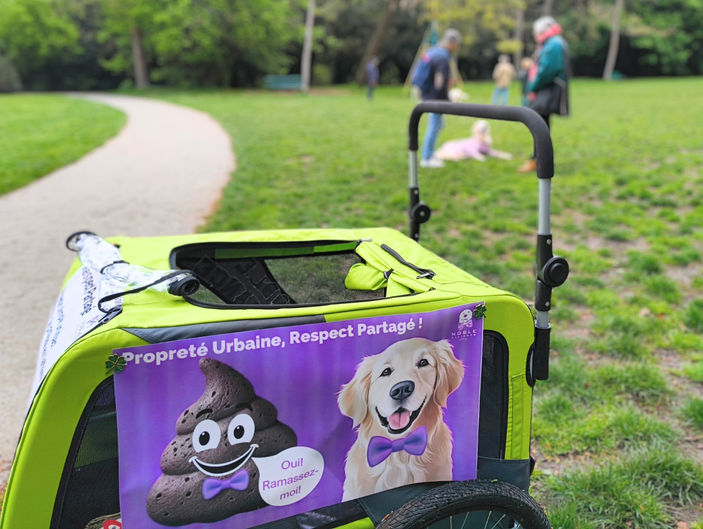
Urban Policy
The human-animal bond is a spark for bold urban innovation—transforming policies and systems to meet the needs of today’s multi-species cities, unlocking new value, and driving prosperity and improved quality of life for all.
Building Better Cities with Pets

Rethinking Urban Policy for a Modern world
As cities around the world continue to grapple with the megatrends of rapid urbanization, aging populations, and increasing demands for sustainability, the role of pets in urban environments remains largely overlooked. The relationship between humans and animals, increasingly represented by multi-species families, is complex and multifaceted, extending well beyond companionship. This bond has significant implications for mental health, community cohesion, and even economic vitality. As urban spaces become more densely populated and socially intricate, it is imperative that cities reassess the ways in which policies can support this evolving and fundamental connection.
A critical question arises as cities confront this issue: Are we prepared to recognize the human-animal bond as a strategic policy concern that warrants a shift toward a culture of excellence? If so, what steps are required to embed this priority into urban governance?
Developing a Culture of Excellence in Holistic Urban Policy
Urban policy is traditionally organized in silos—health, housing, transportation, and social services—yet the human-animal bond transcends these boundaries, influencing a broad spectrum of issues. How can governance frameworks adapt to acknowledge the bond as a cross-cutting concern that necessitates collaboration across multiple departments? Given the bond’s influence on urban life, it is essential for cities to integrate it into policies that have historically focused solely on human needs.
Empowering Urban Leaders for Pet-Centric Decisions
Equipping policymakers with the necessary resources and expertise is central to this process. What steps must be taken to ensure that urban administrators are not only aware of the societal value of the human-animal bond but are also empowered to incorporate it effectively into policy decisions? Capacity building will be crucial in this regard, fostering a culture of excellence in pet-related policy. How can public-private partnerships contribute to this shift, ensuring that cities can align their policy frameworks with the realities of modern, multi-species households?
Additionally, urban planners, architects, and local authorities must be provided with the knowledge and tools to incorporate pet-friendly principles into urban design. What regulatory and educational mechanisms are needed to ensure that infrastructure projects reflect the growing role of pets in families, contributing to stronger communities and improved urban living conditions?
Unlocking the Potential of Pet-Inclusive Cities
Can we afford to ignore the evolving role of pets in urban life, missing the opportunity to create more vibrant, connected communities? What are the consequences if urban policy fails to adapt, continuing to operate in fragmented silos? How can cities unlock their full potential by adopting a holistic approach that values the human-animal bond? The answers to these questions will define the future of urban life and the cities we create for generations to come.
Related content




